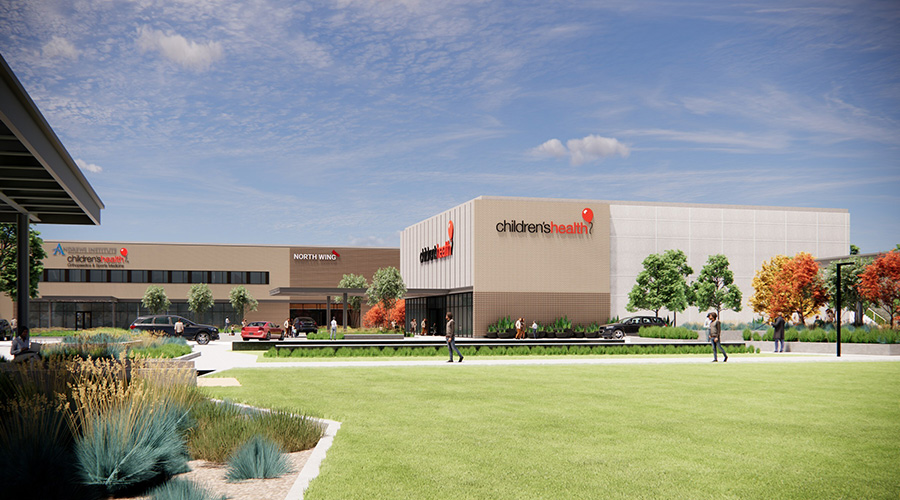Hybrid continuing care facilities offer independent living apartments, assisted-living support, home care, a nursing home and often specialized memory care, according to an article on The New York Times website.
A resident can “age in place” and obtain additional services as that person becomes more frail and dependent.
Continuing care communities often have complex contracts. Some may require a deposit of up to $1 million, while others may charge only monthly fees. Refunds may be difficult to obtain and depend upon the length of stay and other requirements, the article said.
Thirty states have regulations that govern continuing care retirement communities (C.C.R.C.s). But the independent living sections rarely have rigorous oversight.
The nursing homes in some C.C.R.C.s are not Medicaid certified and it’s not clear what C.C.R.C.s have to disclose.

 Spaces That Support: Patient-Centered Design for Modern Reproductive Health
Spaces That Support: Patient-Centered Design for Modern Reproductive Health Modernization of Buildings Require Collaboration Across All Disciplines
Modernization of Buildings Require Collaboration Across All Disciplines Children's Health Announces Plans for RedBird Specialty Center in Texas
Children's Health Announces Plans for RedBird Specialty Center in Texas How Can Healthcare Facilities Use Efficiency to Drive Climate and Health Goals?
How Can Healthcare Facilities Use Efficiency to Drive Climate and Health Goals? El Camino Health Rehabilitation Hospital Officially Tops Out
El Camino Health Rehabilitation Hospital Officially Tops Out